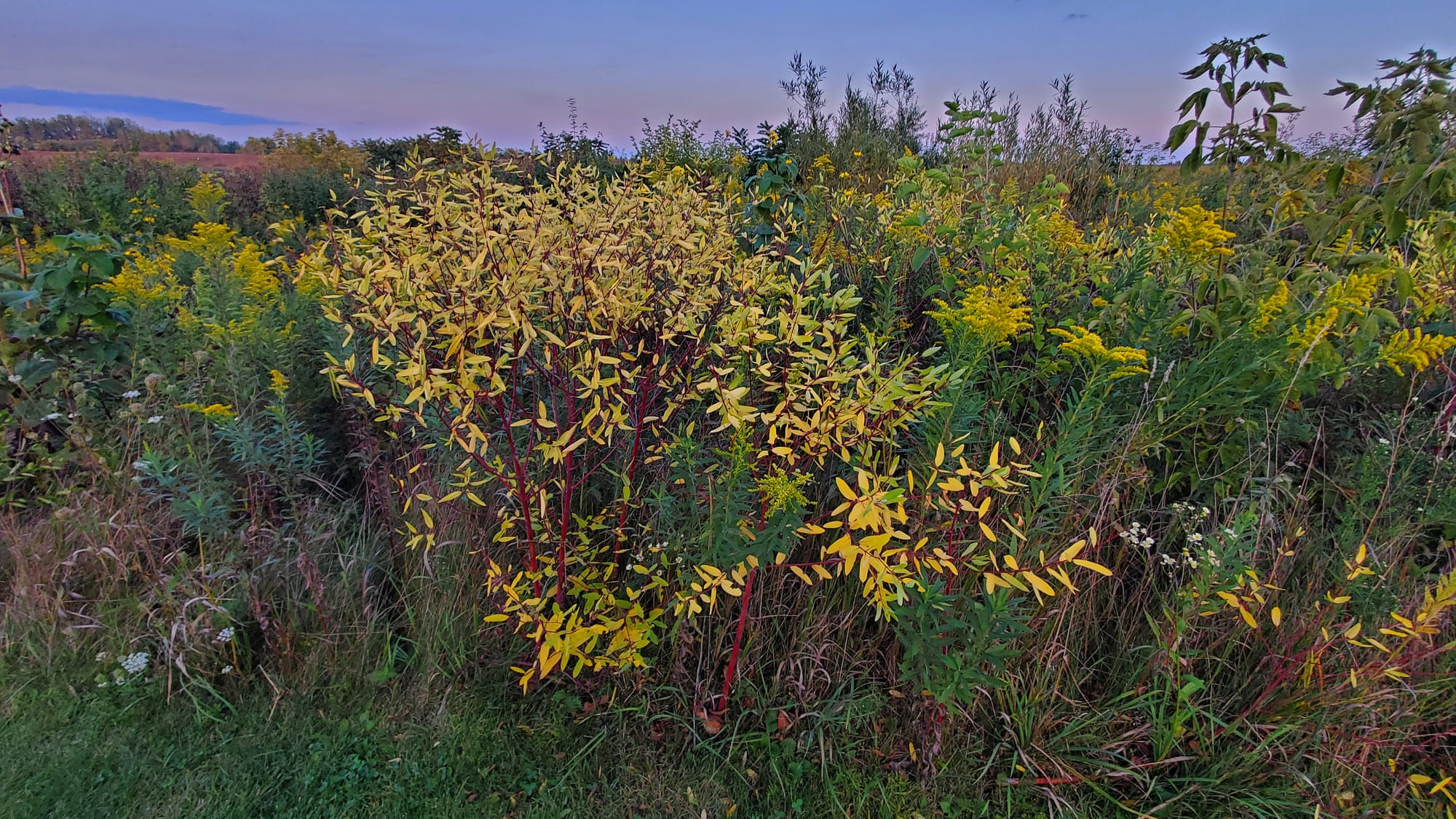What is Spiritual Practice?

Lately I have found myself explaining to folks what constitutes a spiritual practice – and as there has been a shift in my own practices over the last few years, I've been doing some re-thinking myself.
When people hear the phrase, “spiritual practice,” they most often think (if they think of anything) of prayer, meditation, or yoga. These are, to be sure, common spiritual practices in the U.S. these days – and significantly, all three have in common traditions where attention to breathing, to the breath, is important. As “spirit” and “breath” are etymologically related, (consider, for example, "inspiration"), theologians and teachers have often connected the idea of spirit with this bodily function that actually does connect us with all other beings on the planet. All living creatures respire, and our respiration draws from the airspace we hold in common, and returns to it what we exhale. Indeed, all of our bodily functions draw from and return to the common well, for good and ill – and appreciating these simple facts is easily underscored through attention to the breath.
But attention to the breath is not the only important feature of spiritual practice – and it isn’t necessarily an end goal. Often attention to the breath is practiced in order to develop a particular quality of attention – to the present moment, and to our own thoughts, as they occur to us. Often meditative practice calls us to quiet the mind – but also to develop the meta-attention needed to notice the mind. This quality makes us the observer of our thoughts, rather than being merely at the effect of them. It is this quality of attention that spiritual practices can help us to bring into our daily lives.
One gift that Unitarian Universalists can bring to the conversation about spiritual practice is that we embrace a diverse array of practices as spiritual. In the anthology, Everyday Spiritual Practice: Simple Pathways for Enriching Your Life, Scott Alexander and contributing authors identify at least 38 different kinds of spiritual practice in six different categories – from those that engage the body, such as martial arts; to those that engage the heart, like grieving; or the will, like recycling; or the creative soul, like quilting. Such an expansive view of practice can help us to begin to notice all that is our life, and to bring our mindful attention to it.
Some years ago, seeking to develop a reflective and creative practice, I expanded my walking meditation (which I had been doing since I was a child) to include taking phone photos of what I saw en route, noticing what drew my attention. Then, when I got home, I would review my photos and choose one to draw onto watercolor paper, roughly 4x6 inches. As I drew, I would notice what reflections arose. When I was finished drawing, I would flip the card over, draw a line down the center, and write what thoughts had surfaced as a note to myself, across half the card; on the other half, I would write my name and address twice – as recipient and as sender – and put a stamp in the upper right-hand corner. Then I’d drop it in the mail to me, so that I might receive again, for the third time, the message of that moment. I often wondered what the postal staff whose paths it crossed might think – I hoped it would benefit them, if they paused to notice. And also, I knew the postcard was most of all for me – a message from The Universe, and from my own Inner Teacher, which I often then received in the mail with joy and new understanding, sometimes forgetting even that I had sent it.
These days my practices are often more straightforward: I walk, I swim, I keep a journal. And also, I am learning to bring observant attention to more of my everyday moments – like doing the dishes, or walking through my front door. These processes all help to keep me grounded in my place in the grand scheme of things. When my To Do list overwhelms me, or the day’s news feels designed to bombard my spirit, I save a place for joy in the everyday miracle of actually being alive in this magnificent world, solar system, galaxy, universe. I also celebrate the passing seasons with a small circle of kindred spirits, who act together to deepen our connection and practice. Just recently, we’ve observed Mabon, the fall equinox, by participating in the Dances of Universal Peace. My goals are many and interconnected: to stay rooted in joy even as I find courage; to celebrate life for as long as I am given it; and to learn to bless the earth and its inhabitants with my presence upon it, as it has so often blessed me.
To make an appointment for your initial free consultation with Mary Shelden, use the contact form here: www.earthlygoodness.one/contact/